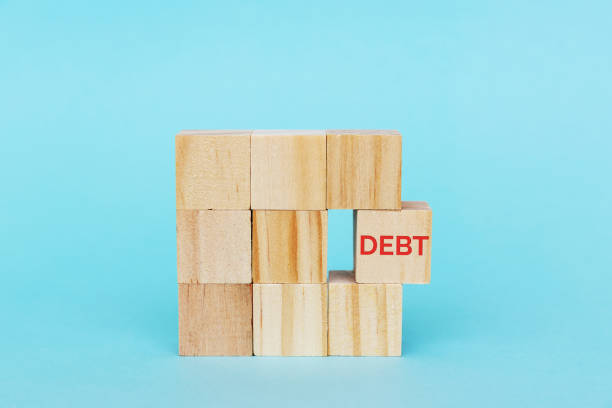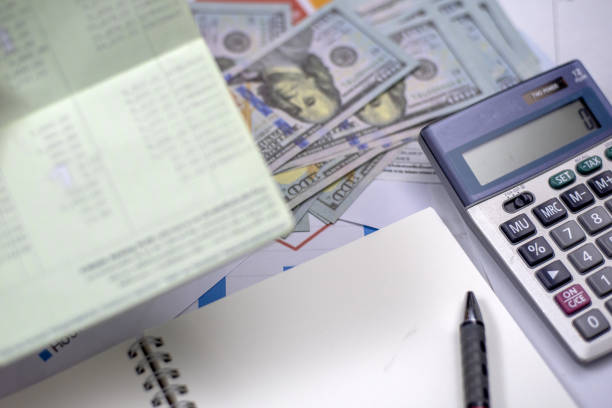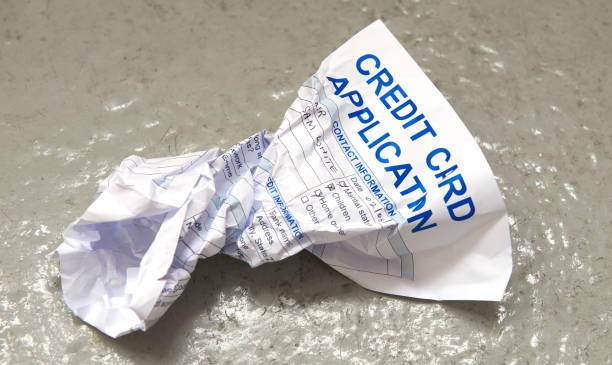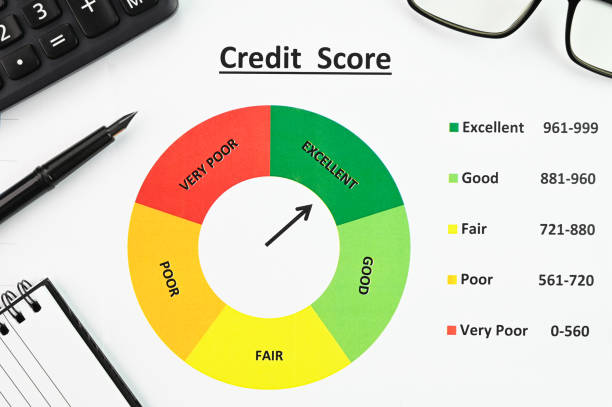
The installment loan, with its promise of predictable payments and a clear end date, presents itself as a responsible tool for managing large expenses...
Read More
The rise of Buy Now, Pay Later (BNPL) services has revolutionized point-of-sale financing, offering a tempting alternative to traditional credit. Whil...
Read More
The concept of a diverse credit mix, often touted as a pillar of a strong credit score, presents a complex paradox for individuals navigating the trea...
Read More
The crisis of overextended personal debt is deeply intertwined with a pervasive and often overlooked contributing factor: widespread financial illiter...
Read More
The relationship between overextended personal debt and a medical crisis represents one of the most devastating and morally fraught intersections in m...
Read More
The personal budget, in its most ideal form, is a blueprint for financial freedom, a tool for aligning dreams with dollars. Yet, for an individual gra...
Read MoreWhile initially daunting, seeing all debts listed in one place can be a powerful motivator. It transforms abstract anxiety into a concrete list of problems that can be tackled systematically, providing a clear starting point for a repayment plan.
Absolutely. In addition to autopay, set up payment reminder alerts via text or email a few days before your due date. This provides a second layer of protection and allows you to ensure sufficient funds are in your account.
Nonprofit credit counseling agencies (e.g., NFCC members) offer free reviews and advice. The CFPB and FTC also provide educational resources.
By modeling good financial habits, discussing money openly, giving allowances to teach budgeting, and encouraging saving and thoughtful spending from a young age.
Review the bill for errors, verify insurance coverage, and contact the provider’s billing department to discuss options like payment plans, financial assistance, or discounts for self-pay patients.